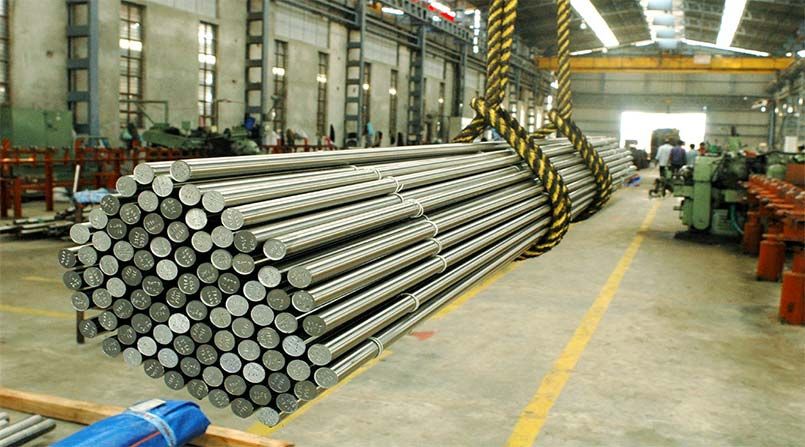The name "DUPLEX" was chosen for these alloys because of their two-phase microstructure consisting of ferritic and austenitic stainless steel. It is roughly 50% austenite and 50% ferrite. This type of microstructure results in bringing out the best properties of both austenite and ferrite.
While duplex stainless steel only comprises a small percentage of the global stainless-steel market, it has a range of benefits when compared to traditional austenitic stainless steel and ferritic stainless-steel grades.
Over the years duplex stainless steel usage has increased drastically. This can be attributed to a combination of market growth along with the five properties of duplex stainless steel that we discuss in this blog.
1) Improved strength: Duplex stainless steels are about twice as strong as regular austenitic or ferritic steels. Due to its high yield strength, using duplex stainless can provide significant weight savings as thinner sections can be used.
2) High Toughness and Ductility: Duplex stainless steel is often more formable under pressure than ferritic grades and provides greater toughness. Though they often offer lower values than austenitic steels, the unique structure and characteristics of duplex steel often outweigh any concerns.
3) Corrosion resistance: The composition of duplex stainless steel is what sets it apart from regular austenitic and ferritic grades when comparing corrosion resistance. Duplex stainless steels are less prone to Stress Corrosion Cracking (SCC) than austenitic steels like 304 and 316. Although there is no single measure of corrosion resistance, to rank the different grades, the Pitting Resistance Equivalent Number (PREN) method is often used. The formula for this is PREN = %Cr + 3.3 x %Mo + 16 x %N.
4) Ease of fabrication: Duplex stainless steel is often more formable under pressure than ferritic grades. Because of the 50% austenite composition, it makes them easier to fabricate than conventional stainless steels. Duplex stainless steels also show better weldability in thick sections compared to other ferritic and austenitic stainless steels.
5) Cost effective: Duplex stainless steel offers all of the above benefits while requiring lower levels of molybdenum and nickel. This means that it is a lower-cost option than many traditional austenitic grades of stainless steel. The price of duplex alloys is often less volatile than other steel grades making it easier to estimate costs — both at an upfront and lifetime level. The higher strength and corrosion resistance also means that many parts made using duplex stainless can be thinner than their austenitic counterparts providing lower costs.
To know more about the Duplex Stainless Steel Grades Zeon Stocks, click here.
